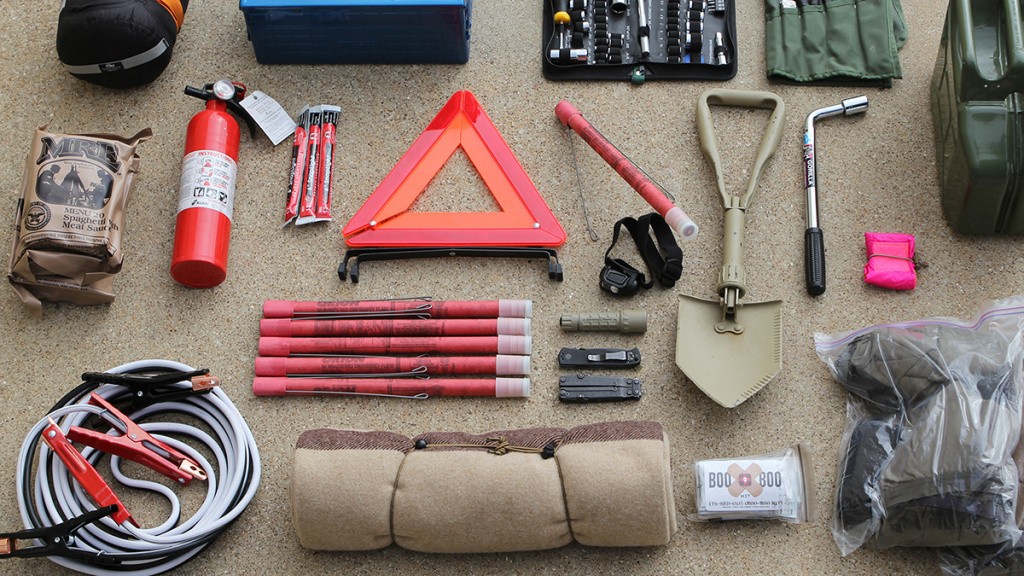
5 things to consider before becoming a rideshare driver
Content
Thinking about becoming a driver? Flexible schedules sound appealing, as does being able to fully explore your area. Potential drivers should think about what they want from ridesharing - whether they see it as a full-time job or a way to earn extra money. They must also take into account any additional costs. Potential riders should consider these 5 points before becoming a rideshare driver:
1. Work part-time or full-time
Most rideshare drivers work part-time in addition to other jobs. Many travel only during peak hours. Only 20% of all rideshare drivers work more than 40 hours a week. However, full-time drivers are more eligible for bonuses offered by both Uber and Lyft based on the number of rides they make and can set their own hours.
Full-time drivers need to watch out for traffic tickets, vehicle and body wear, and even have fun. Potential part-time workers should consider driving a car as an additional income option - it will not cover all costs.
2. Track mileage and expenses for potential tax deductions
Driving for a car sharing service will make you money, but you'll want to keep track of the extra costs. Tracking your mileage and work-related payments—gasoline, car maintenance, insurance, and more—may qualify you for certain tax credits as an independent contractor. Full-time drivers can expect their deductions to rise quickly. In addition to mileage, drivers can receive deductions for car payments, registration costs, fuel fees, car loan interest, ride sharing insurance, and even mobile phone payments. Be sure to keep a careful record of all expenses. Some apps even help drivers track mileage and differentiate between business and personal expenses.
3. Management of one or more firms
You may notice that many Uber vehicles also have a Lyft sticker. Driving for multiple companies gives you access to more areas and different peak times. While car-sharing companies don't prohibit you from also driving competitors' cars, they may have different vehicle and driver experience requirements. Following the standards of one company does not automatically mean that you are suitable for everyone else. The top 4 companies are:
1. Uber: Uber has been in the ridesharing industry for the longest time, and with that comes brand awareness. More potential riders learn about Uber's services, which increases the overall user base. Uber drivers often have high demand for their services, allowing for many rides.
2. Elevator: Lyft, Uber's biggest competitor, offers a similar platform for drivers, but is more rookie-friendly. Rookie drivers can expect more leisurely boarding; they are not thrown into the market with the same high demand. Lyft also offers bonuses to new drivers after significant milestones based on the number of rides in addition to the signing bonus. In addition, drivers can tip via the app, and Lyft drivers can deposit money received on the same day using the express checkout option.
3. Through: Via incentivizes drivers by offering a 5-20% surcharge for picking up passengers on a given route – in fact, we are talking about ridesharing and limiting the number of cars on the road. Via operates in areas with high demand for drivers and is trying to reduce vehicle wear and tear by staying in smaller locations. Via also only takes a 10% commission on rides, which tends to be more generous than other companies.
4. Hopefully: While Gett currently only operates in a limited number of locations in the US, Gett offers drivers more benefits. They also need more driving experience to qualify. Depending on the type of vehicle they drive, drivers receive direct per-minute pay in addition to tips. Gett drivers also receive great referral bonuses and tend to earn more than drivers from other car rental companies.
4. Overview of auto insurance
Driving for a ridesharing company increases the amount of time spent in the car. You will need the appropriate insurance coverage if something happens. Rideshare companies typically offer coverage after each accepted ride request and while driving passengers, but not while waiting for requests. Rideshare drivers should check their personal car insurance policy to see if it covers rideshare costs - they may reject you if you don't disclose your driving location. Drivershare coverage from the company may not even be available in all locations, and you should check your commercial auto insurance policy.
5. Car wear.
The more you drive your car, the more you will need to keep it in good condition. Like truckers, drivers of car sharing vehicles spend many miles on their vehicle. They also spend time idling waiting for riders. This puts more pressure on the vehicle itself, and drivers should expect certain pieces of equipment, such as brakes, to wear out faster. They will also likely need more frequent oil changes than a typical car. Anticipate the cost of potential vehicle repairs when you consider becoming a rideshare driver.
